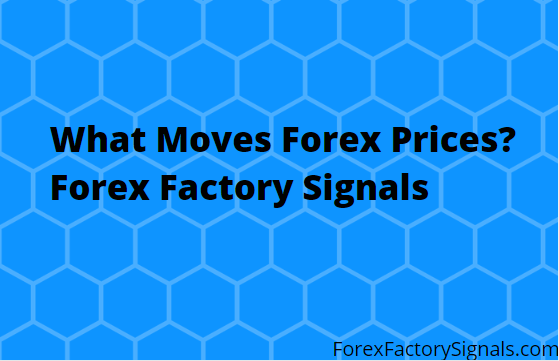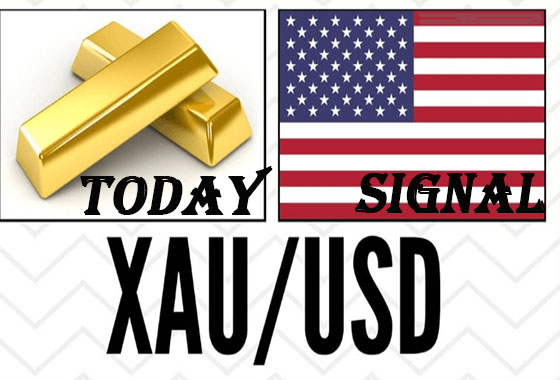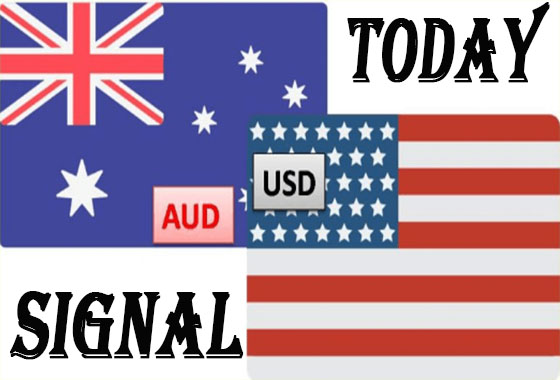What Moves Forex Prices?Forex Factory Signals

We’re going to look today at what moves forex prices higher what’s moves forex prices lower we’re going to begin very generally and then just gradually move into slightly more specific areas so to start let’s talk about supply and demand.
How that can affect a currency so let’s look at this one way to look at this is from a fundamental perspective and consider that it’s a result of supply and demand that either BuChE always on a currency and that’s generally true for any tradable instrument if let’s say supply increases while the mind remains constant and we would expect that to weigh on the strength of a currency to have a negative effect.
If demand increases while supply remains constant then we expect that to boost our currencies strength to have a positive effect if they both change at the same time then that also alters the situation let’s say that supply increases having a negative effect while demand Falls also having a negative effect then we would expect that to overall have an even more negative effects on a currency conversely.

If supply decreases and demand picks up at the same time then that would have an even more positive effect so we need to consider what may increase or constrain supply here on what may stimulate or hinder demand here so let’s talk about this demand side of this seesaw first of all so what drives demand well for a currency we can make an assumption that demand here is driven by the perceived prospects for the nation as a whole and issues that currency we’re looking at so let’s say this is the mix for our nation as a whole into the mix.
Related : Basics of The Forex Market & Currency Pairs-Forex Factory Signals
We’re going to throw the political landscape we’re also going to throw in the conditions of the economy and simply speaking if that’s perceived as being positive that’s going to drive demand and if overall it’s being perceived as being negative it’s going to constrain or hinder demand now we talked in an earlier video about the major currency pairs me also talks about the exotics.
We said for the Major Currency Pairs that they involve large developed economies from politically stable nations whereas the exotics tend to involve emerging economies where the political landscape may not be as stable and so for emerging currencies this political parts here maybe a more weighty factor in general for our majors of course political events can have an influence but in general economic factors tend to be the more influential factor at play.
So if we focus on the economic side of the mix then we’re really just talking about the health of the economy and one measure of the health of an economy is gross domestic products with GDP we can break GDP down into some smaller chunks and what we have shown here is the witch’s brew that comprise GDP so we’ve got government spending business investments net exports which is exports minus imports and then these two here are really major parts private expenditure on services.
Private expenditure on goods together these really are what we call consumer spending and that’s a major driver of developed economies now when it comes to developed economy the US economy is the big daddy we’ve said before that the US dollar is not only the world’s most traded currency but it’s also the reserve currency of choice around the globe so let’s take a brief look now at some US economic reports that can help us give an early steer on what’s going on with some of those components that make up the US GDP.
So just a few examples of reports for the US economy this is by no means comprehensive top of my lists we have the employment situation report this is official government data for what’s going on in the labor market and the payrolls part of this report is highly correlated to GDP as a whole but it’s released for an advance of actual GDP data making it very useful for traders and giving it a big influence on the US dollar next on my list we have retail spending and this can give us clues as to what’s going on with consumer spending.
Related: What is Pips & Spread in Forex Trading-The Anatomy of a Forex Quote
It comes out earlier in the month than actual consumer spending data which is released as part of reports called personal income and alloys so although it’s consumer spending that are ultimately interested in the fact that this one is more timely also makes it interesting and then finally on the list I have durable goods orders this is a report that tells us about orders of items that are expected to last three years or more some big-ticket items and then it can help us learn about what’s going on with business investment which is one of those components.
We saw in GDP really the crux of the matter that we’re talking about here is that we have information coming out a regular basis giving us indications of the health of the US economy so having talked about some drivers of demand let’s now talk about supply what effect supply or the currency let’s take a look at this the money supply is one of the things that a country’s central bank has a large control over so let’s stick with the US and the central bank for the u.s. is the Federal Reserve now keeping things nice and simple.
The Fed can influence the money apply in a number of ways but one of its main tools is influencing interest rates now let’s say that the Fed wants to lower interest rates one of the things they can do is to buy assets from banks and this leaves the banks with more money on their balance sheets they can then loan this money out to borrowers and this increases the circulation of dollars in the system now as the banks are finding that the money they have to loan out is more plentiful they will tend to charge lower interest rates if the Fed wants to be really aggressive about things.
The Fed can actually just create new dollars here and then once again buy more assets and give the bank’s even more money on their balance sheets and so on so let’s consider what the effect of interest rates might be on a currency we’ll do that by looking at dollar yen now let’s say that the interest rates in the US and Japan are as shown here so two and quarter percent for the US and naught percent for Japan now let’s consider let’s say an investor in Japan and just looking at this interest rate differential that we have here you can see why an investor searching for yield might be inclined to exchange their yen in two US dollars in order to receive the better interest rate on their money.
Now let’s say that the Fed cuts its target rate for the federal funds rate to two percent and it begins market operations in order to achieve this now if we consider a Japanese investor although there are still this positive interest rate differential are they going to be more inclined or less inclined than they were before to convert their money into US dollars well I would say they’re less inclined so that would create some downward pressure on the US dollar now let’s consider that the Fed raises interest rates.
They increase the federal funds rate at two and a half percent now if we consider our Japanese investor they’re going to be more inclined to convert their money more inclined to buy US dollars and sell Japanese yen so that increase in rates has boosted demand for the US dollar now increasing the money supply can sometimes stimulate the economy which can boost demand so the situation can be more complex then presented here but generally speaking all things being equal lower rates should create downward pressure on a currency higher interest rates should help to boost demand for the currency.
So we’ve now talked a little bit about demand and about supply and how that can affect a currency but of course when we’re trading for us we’re not just trading a single currency in isolation we’re trading two currencies as parts of a currency pair so let’s now take a look at a simple example to try and illustrate how you might pick both currencies in order to best suit your view of the market so to try and explore this let’s just look at a forward example that I’ve called dealing with brexit.
Let’s consider two fellows with opposing views on brexit we’re both trying to trade in a way that allows them to exploit their view of the situation our first trap here he thinks breaks it is a bad thing for the UK the second chap here has the opposing view maybe he thinks it brings opportunity for the UK in the long run maybe he just thinks the market has already overreacted maybe some kind of reverse response is in order it doesn’t really matter really the key thing is that one thinks it’s bad one thinks it’s good now they both know that they want to trade pound sterling.
So GBP is going to be involved whichever currency pair they end up trading this guy here he knows that he wants to sell GBP and this guy here he wants to buy GBP so far so simple but they now also have a further decision to make over which currency will accompany the pound in the currency pair that they choose which one will give them the best opportunity for profit so maybe mr. negative here he decides he just wants a nice stable currency he doesn’t have to worry too much about so maybe he opts for Japanese yen it maybe Prime and he’s thinking is that he does one’s wind up trading the euro because if he’s selling the pound that means he’s buying this second currency in the currency pair and he doesn’t want to end up buying the Euro when he thinks that bricks it will hurt the euro area as well now on this point baby mr. positive over here feels the same way he agrees that is bricks it’s gonna be bad for the eurozone so he actually opts to trade the Euro against the pound because that means he’s selling euros here and buying pounds so he thinks he’s maximized his potential because he thinks the UK will do well and that losing the UK from the EU will be to the detriment of the economies in the euro zone.






